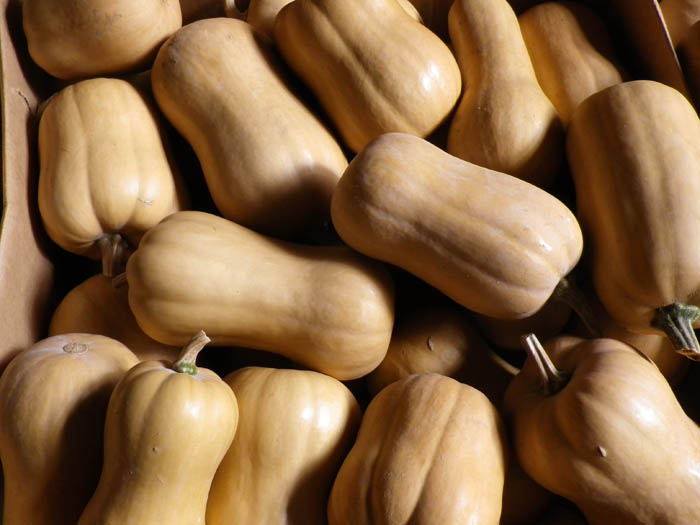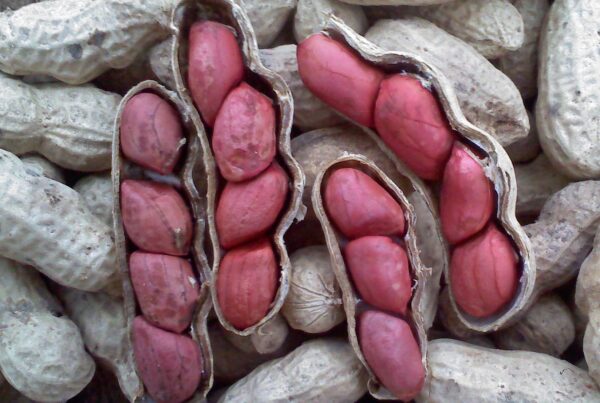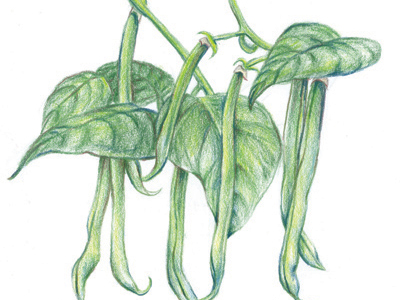Fall is with an increasing array of tender sweet greens and succulent winter roots. Amidst all this plenty remember that the first frost is right around the corner. By the end of October the summer crops will be done and all of the winter crops need to be mulched, covered or otherwise tucked in for the cold months ahead. So decide which crops you want to keep. Make arrangements to protect them. Harvest everything else. Save only the best produce for storage. Protect larger lettuce, squash, cucumbers, celery, chard, spinach, and Chinese cabbage with row cover and wire hoops. Transplant smaller plants to a cold frame or your greenhouse.
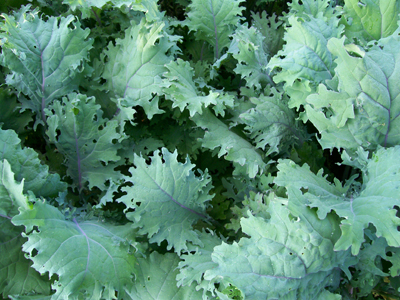
Finish sowing kale and spinach in October for overwintering. Try growing asparagus, artichoke, and short-day onion varieties like Texas Early Grano seedlings overwinter in a cold frame or greenhouse as well. Have spun polyester row cover in place to protect tender crops from frost.
Harvest sweet potatoes before the soil temp goes below 55 degrees at night and air below 50 degrees (usually the week of the first frost). Cure 4-10 days at 85 degrees and 85% humidity.
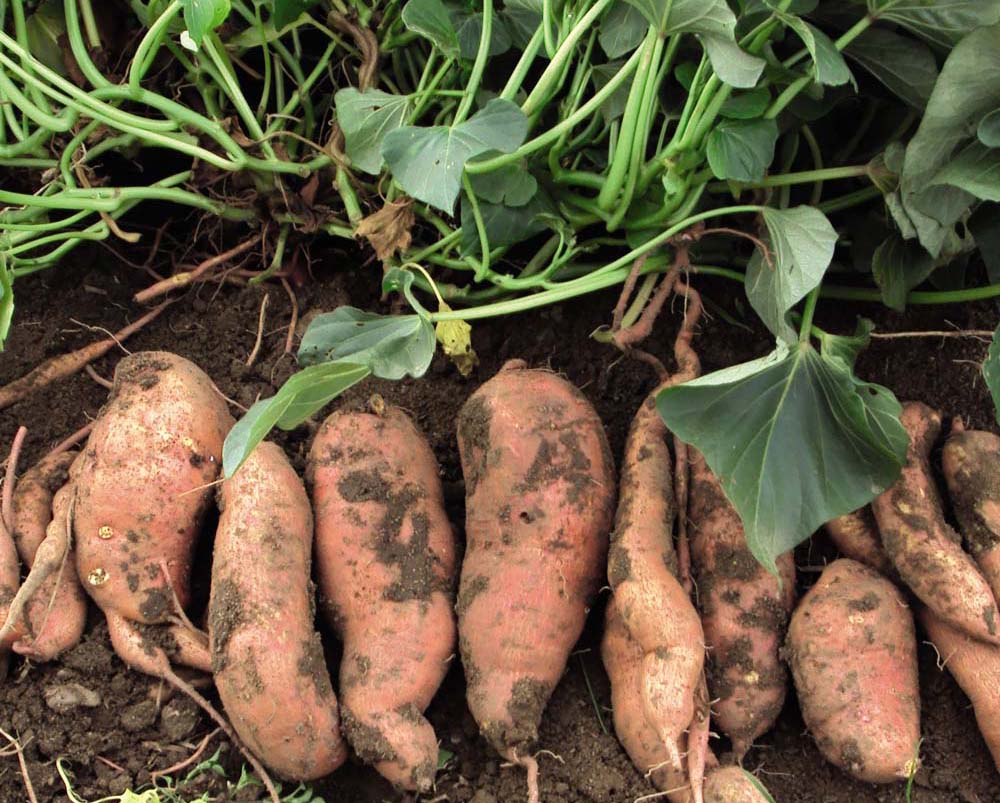 Store Cured sweet potatoes at room temperature out of the light. We use cardboard boxes in a closet under the starts and have fresh sweet potatoes to eat until summer.
Store Cured sweet potatoes at room temperature out of the light. We use cardboard boxes in a closet under the starts and have fresh sweet potatoes to eat until summer.
By mid-October ( when the soil temp at 4″ depth drops to 50 degrees) you can start planting garlic, yellow potato onions, Egyptian onions and shallots. Cover immediately with 3-4 inches of mulch. Romanian Red, German Extra Hardy, and California Early perform well for us most years. Check and free trapped garlic from under heavier sections of mulch when 50% have emerged. Plant small leftover garlic bulbs whole together for garlic scallions. For more information and details on growing download Southern Exposure Seed Exchange Perennial Onion and Garlic growing Guide
As your summer growing season ends clear out and compost all of the weeds, garden debris, spent vines, and any fruits and vegetables that weren’t harvested, rather than allowing this litter to remain in the garden over the winter. Put away tomato cages, store hoses, cleanup and mulch your perennials. Get a soil test and spread lime or gypsum or other soil amendments as needed. Winterize your rototiller. Make notes on the harvest and start planning next year’s garden.
Plant cover crops as you harvest crops and empty areas of the garden. Cover crops are a great way to improve soil aeration and texture, add nitrogen, and support and encourage microorganisms and worms. Choose the proper cover crop for the season.
My favorite winter cover crop is winter rye or cereal rye, a great cover crop to plant in the fall or early winter. It excels at loosening compacted soil and is good for weed suppression too. It also catches excess nitrogen in the soil. Rye will hold and protect the soil throughout the winter. Next spring it should turned under before going to seed in order to nourish the soil, or an alternative is to cut the rye grass and use it for composting. Don’t leave the crop in too long next spring or it will become a challenge to turn under.
Sow an edible cover of mustard, turnips and kale in some areas. The best way to blanket and protect the soil is to keep something useful growing on it, and what is more useful than something that you can eat?
After the first hard frost harvest any remaining winter squash, move to a protected location outside to cure for 2 weeks, then into a cool, dry location for storage. Now is also a great time for pumpkin seed saving. See our blog post 6 Easy Steps to Saving Pumpkin Seeds to learn how. Mulch or harvest and store any remaining carrots and befor extended winter eating.
Cook up a South Anna Butternut or Seminole Pumpkin for one of the best pumpkin pies you ever ate!

